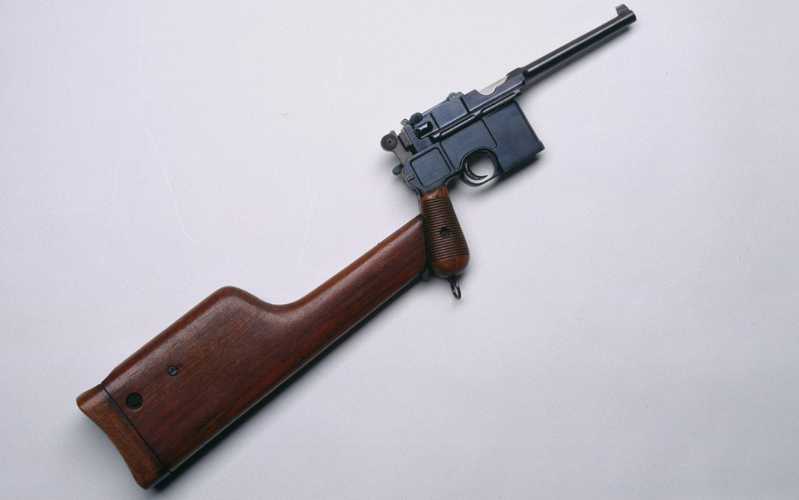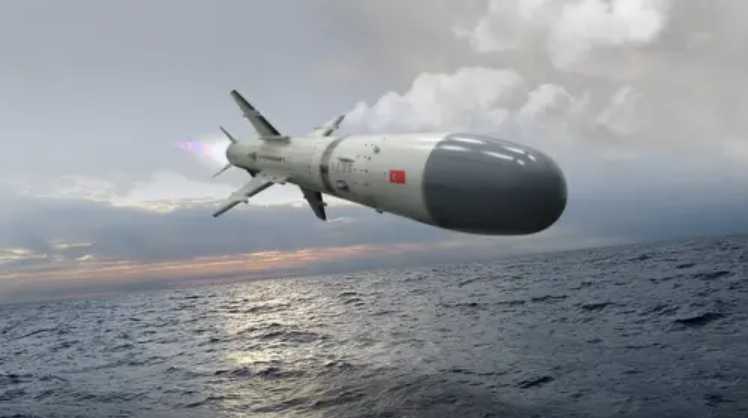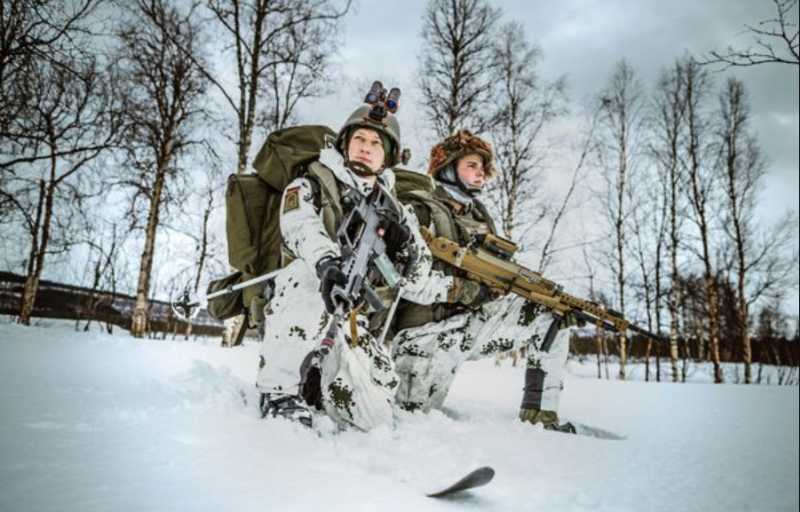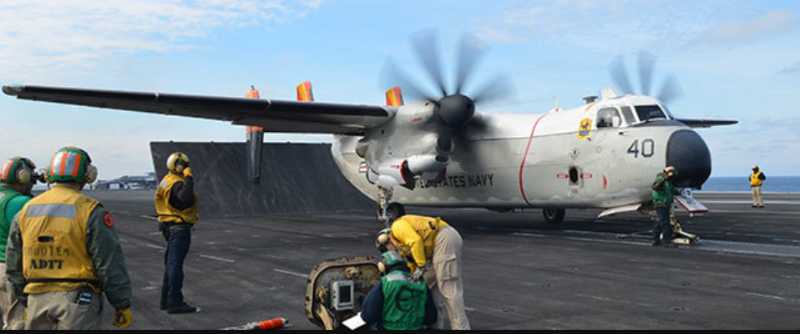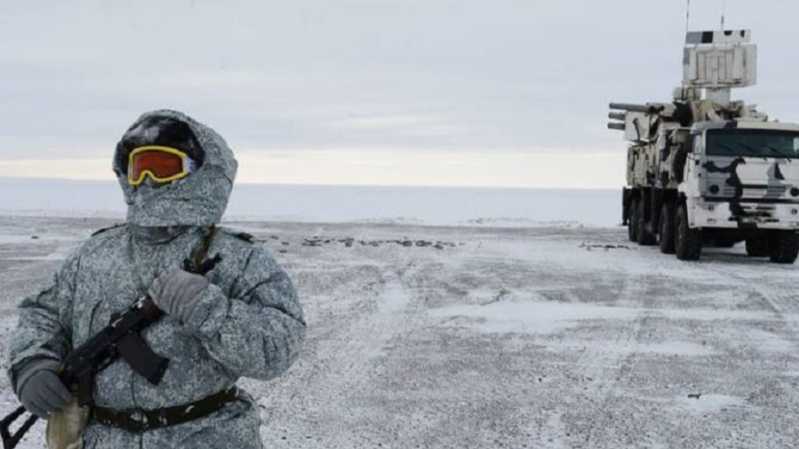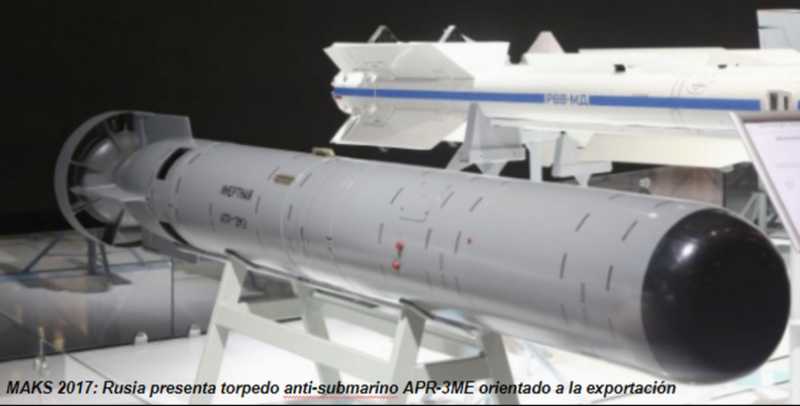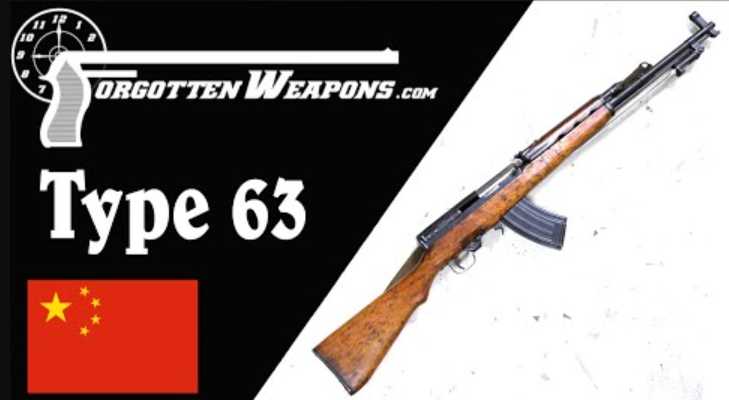What is a Mauser pistol?
Opening the Modern Chinese Dictionary, there is actually a word "Mauser pistol", which shows that the Mauser pistol has a strong and colorful stroke in Chinese cultural history. The definition of a Mauser pistol is a pistol with a wooden gun box, which can be connected to the gun body as a buttstock and used for shoulder shooting. Because this type of pistol is usually stored and carried in a wooden gun box, "Mauser pistol" is a transliteration of the English word "box". It was first called from the German Mauser M1896 pistol (the name of the Mauser company is C96). The wooden box of the gun can be connected to the grip of the pistol and used as a buttstock to implement shoulder aiming and shooting to improve shooting accuracy.
The M1896 Mauser pistol was not designed by Mauser, but an "adopted child" developed by the three Federer brothers who worked at the Mauser Arsenal.

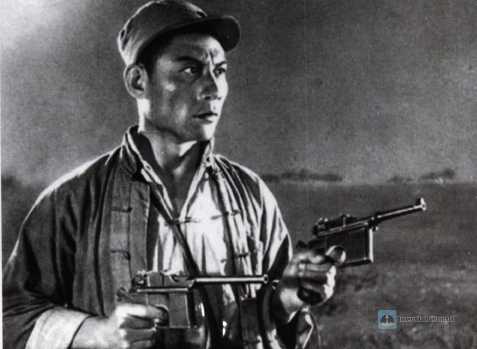
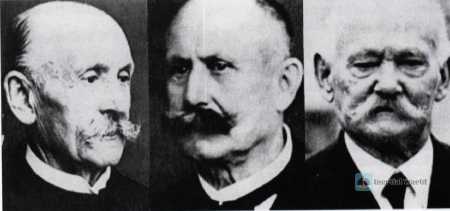
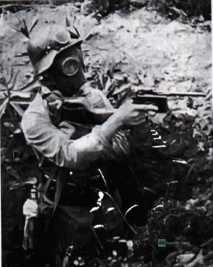
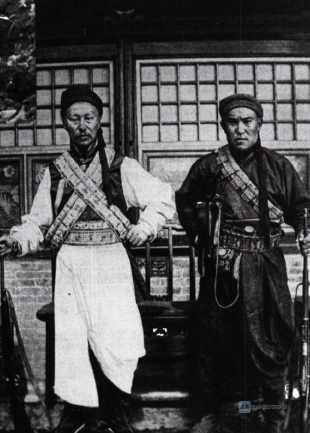

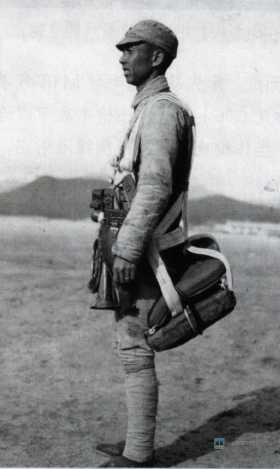

In 1893, the Federer brothers began to secretly develop this pistol without Mauser’s knowledge. When Mauser learned about it, he was not very enthusiastic at first. It was not until the 7.63 mm sample gun was developed in 1894 that Mauser’s attitude changed. He personally participated in the improvement and perfection of the gun and led the development of the gun. On March 15, 1895, the gun’s first live-fire shooting test was successful, and 100 sample guns were manufactured that year. In 1896, patents were applied for in 12 countries including Germany and the United Kingdom, and production officially began in October, and the design was finalized in early 1897. However, in order to commemorate the German emperor’s personal test firing in 1896, the gun was named "7.63mm Mauser M1896 semi-automatic pistol". The gun fires 7.63mm Mauser bottle-shaped pistol bullets. It consists of four major parts: barrel sleeve, bolt, gun bottom and firing mechanism. Various parts are assembled together with latches, grooves, protrusions, etc., which require high process requirements, are difficult to process, and are expensive. In use, due to the very complex internal structure, the cumbersome disassembly, the poor daily maintenance and service performance, the improper center of gravity of the whole gun, and the trouble of reloading bullets, it was not selected by the military of major Western countries. As an early automatic pistol, some of the designs of the gun are very unreasonable. For example, the barrel and sleeve (also known as the receiver) are made of integral steel parts, which is very clumsy and the cost of machining has increased dramatically. At the end of World War II, the invading US military burned the Mauser factory documents in a fire, and the production quantity and cost could not be checked. Some people estimate that in the 10 years after 1925 after World War I, the Mauser factory produced more than 400,000 of this type of pistol, most of which were exported to China.


As for the cost, we can compare the guns imitated by the Hanyang Arsenal in China: the 79 rifle (M1988 rifle) imitated by the Hanyang Arsenal in 1922 cost 43 silver dollars per gun, and 88 silver dollars per thousand rounds of bullets; the Mauser M1896 pistol cost 120 silver dollars per gun, and 80 silver dollars per thousand rounds of bullets. The price of a pistol is three times that of a rifle. In northern China, a Mauser pistol is worth three large tiled houses.
There are dozens of Mauser pistols, with semi-automatic and fully automatic firing modes, long and short barrels, large and small grips, sliding and fixed sights, large and small apertures on the hammer head, and magazine installation methods that can be removed and "fixed". The magazine capacity is divided into 5 rounds, 10 rounds and 20 rounds. The M1896 pistols produced after 1930 have "NS" engraved behind the hammer, indicating that the trigger can be pulled to put the hammer back in the safety state. In the early days, the Mauser Arsenal also produced the carbine M1896 gun with an additional wooden stock and an extended barrel. The barrel is 350 mm long and has a 10 or 20-round fixed magazine. Some stocks can be disassembled. They were experimental varieties to meet the requirements of rapid shooting in trenches before the emergence of submachine guns. Production was discontinued before World War I, with a total of about 1,100 guns produced.
After 1926-1927, two Spanish companies saw that the German Mauser M1896 pistol was selling well in China, and immediately developed a Mauser pistol that was similar in appearance to the Mauser M1896, but quite different in internal structure and detail design from the original. The two companies had two brands, one was Astra and the other was Royal, both of which were slightly lower in price than the German brand and were very popular in China. In addition, they achieved continuous firing, and their performance was even better than that of the German brand, surpassing the "De Ge". It is estimated that the number of Mauser C96 pistols imitated by Spain is no less than 100,000. The German Mauser company could not accept this, so it urgently developed the Mauser M1930 and M1932 submachine guns.
By the middle of the 20th century, the Mauser pistols referred to by the Chinese no longer only referred to the German Mauser M1896 pistol, but also included pistols with similar appearance to the M1896 pistol. That is, the German Mauser M1896, M1930, M1932, the Spanish Astra 900, 901, 902, 903, the Spanish Royal Model, Royal Model II, the Spanish MM31 pistol, etc. The firing modes of the Mauser pistol are divided into semi-automatic and fully automatic. The Mauser M1896, Astra 900, and Royal Model 1 are semi-automatic, and the firing modes of other models are selected by the speed selector to be semi-automatic or fully automatic, also known as submachine guns or fully automatic pistols.
The typical feature of the Mauser pistol that is different from other pistols is that the magazine is not in the grip, and the grip occupies a "special territory" behind the magazine, so Europeans call it a "broom handle" pistol. After it was introduced to China, it was given many nicknames, such as "box gun", "box cannon" and "self-propelled gun" (it began to appear in official documents in 1912), "twenty shots" for the 20-round capacity, "speed machine" for the continuous firing; "big mirror" for the smooth left and right sides (produced between 1898 and 1902, originally ordered from Italy); "first gun" (140 mm long barrel), "second gun" (132 mm long barrel), "third gun" (100 mm short barrel) for different barrel lengths. The M1896 pistol produced after 1902 has a 10-round magazine, a movable sight, a small grip, and a barrel length of 100 mm. This gun was used extensively during the Russian Revolution, and was especially loved by the Russian Bolsheviks, who called this pistol "BOLO", meaning Bolsheviks. The left side of the Spanish Astra 900 pistol is designed with a removable side panel, which exposes the internal components when removed, making it easier to check for faults and conduct daily cleaning. It simplifies the process, reduces costs, and improves service performance, killing two birds with one stone. The gun also has two nicknames: because the left side of the gun body can be opened, it has the common name "side-opening door", and because there are obvious 7 pin heads on the right side of the gun body: it also has the common name "seven-pin box"
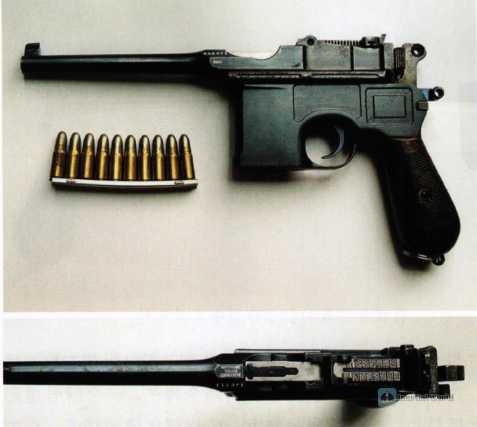
The eldest in the Mauser Mauser family--M1896 is an "adopted child"
In the Mauser Mauser family, the 7.63mm M1896 Mauser pistol was developed by the three Federer brothers working at the Mauser Arsenal, namely Fidel Feederle, director of the experimental workshop, Friedrich Feederle and Josef Feederle, technicians in the design room.
The gun consists of four major parts: the barrel with a sleeve, the bolt mechanism, the firing mechanism and the receiver. The automatic principle is a short-recoil barrel, a special bolt structure, a locking method of a latch-type, and a hammer-rotating firing mechanism. It is loaded with a magazine, and the world’s first empty chamber hang-up. When firing, the barrel recoils about 5 mm under the pressure of gunpowder gas, the latch is released, the bolt is unlocked, and then the barrel returns to its position under the action of the hammer spring, the bolt compresses the recoil spring and continues to retreat, completing the actions of ejecting the shell and pressing the hammer. After the recoil is in place, the recoil spring pushes the bolt back forward, pushing the next bullet into the chamber, and forming a ready-to-fire state.

Mauser M1896 In the early stage of the development of the pistol, the Borchardt 7.65mm bullet was used. Later, in order to increase the initial velocity of the bullet, more powder was added. To avoid confusion between the two types of bullets in use and to emphasize the difference, Mauser named it 7.63x25mm pistol bullet. In fact, the caliber is still 7.65mm, the bullet mass is 5.5g, the initial velocity is 400~425m/s, the effective range is 70m, the fixed magazine (commonly known as the dead magazine) has a capacity of 5 rounds, and later 10 rounds. The whole gun is 268~288mm long (different lengths), the standard barrel length is 132mm, and the empty gun mass is 1.2kg.
Looking through historical materials, there are many interesting stories about the 7.63mm M1896 Mauser pistol and some world celebrities, among which the most mentioned is the former British Prime Minister Winston Churchill. It is said that in September 1898, he served as a cavalry company commander in the 21st Cavalry Regiment stationed in Sudan with the rank of lieutenant. The strong firepower of the M1896 pistol saved his life in an extremely dangerous environment. At that time, cavalry mainly used sabers to fight. Because Churchill had a shoulder injury and was not good at using sabers, he bought a newly launched 7.63 mm Mauser M1896 pistol in London at a high price. In a battle, 310 British officers and soldiers were killed or wounded, 70 of them (including 5 officers), and 120 horses were lost. Churchill survived because the M1896 pistol was better than other people’s sabers. A year later, in November 1899, Britain fought with the Boers (descendants of the Dutch in South Africa). Churchill had retired and became a war correspondent at this time, but he still carried the wooden box Mauser pistol with him. Once, he participated in the armored train road clearing work. He was reading a newspaper and taking a rest next to the road clearing machine. Suddenly, a middle-aged Boer appeared in front of him and was aiming a gun at him. He took his pistol out of his hurry, but it was bad! The gun was still on the road clearing machine, so he had to raise his hands and surrender to the Boers. Later, I learned that the Boer was the leader of the Boer tribe, General Botha. Ten years later, Churchill, then the British Navy Minister, shook hands with South African Prime Minister Botha and recounted the past. They laughed and said, "No fight, no acquaintance!" After two dangerous situations, Churchill survived the Second World War and became one of the world’s three giants at that time.
(To be continued)


